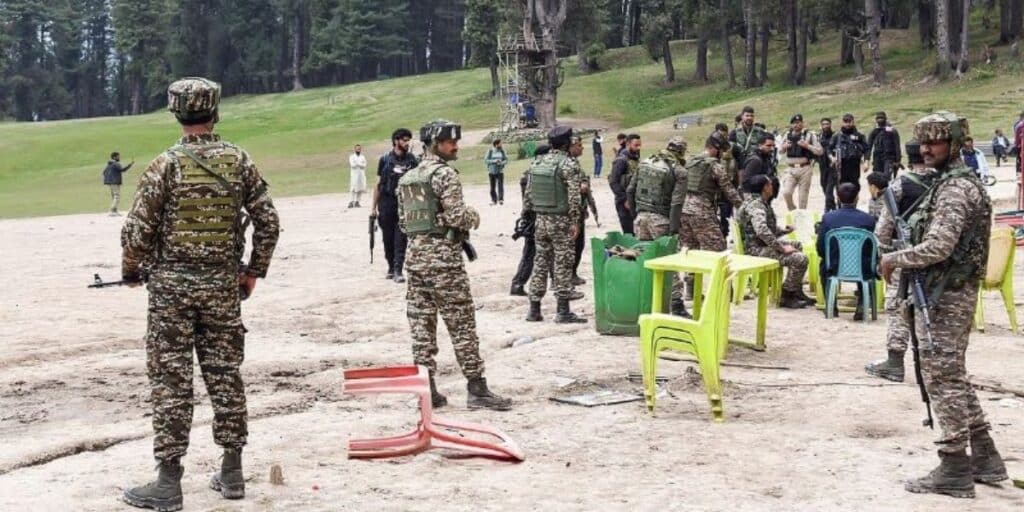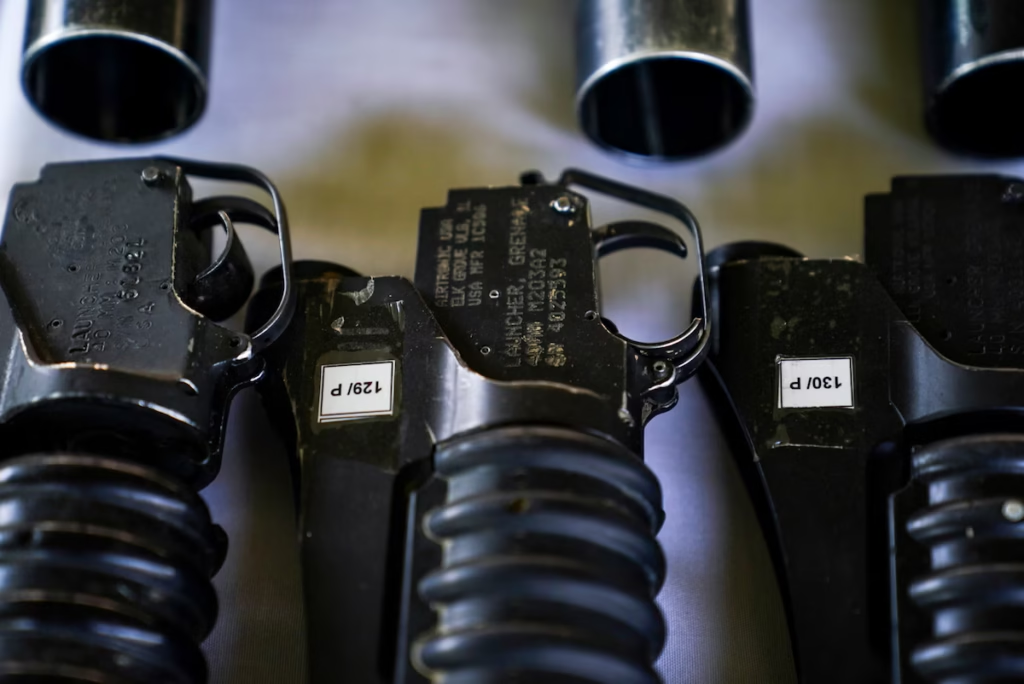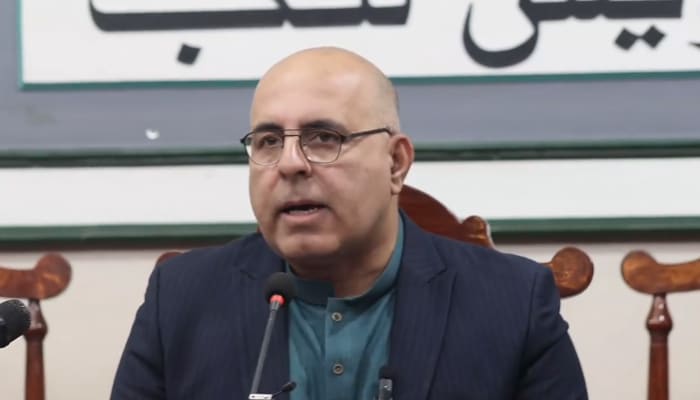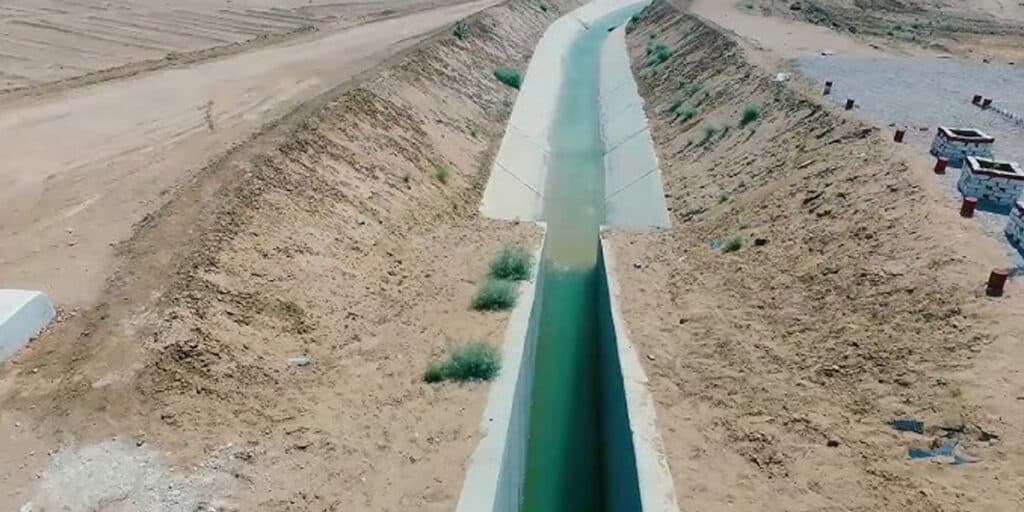A startling revelation has emerged as the Kashmir-based organization, The Resistance Front (TRF), released what it claims to be a documentary proof exposing the orchestration of the Pahalgam terror attack by India’s intelligence agency, RA.
The alleged document reportedly outlines the entire blueprint of the false flag operation, detailing how the incident was pre-planned and executed in District Anantnag.
According to the leaked material, the Indian media was to be activated 36 to 48 hours prior to the incident.
Field operatives were tasked with monitoring the movement of tourists under the guise of intelligence surveillance.
The document further states that eyewitness statements would be generated using AI technology within two to four hours of the attack, while blurred video footage would be manipulated to produce staged photographs. In a bid to amplify the narrative, over 200 social media accounts—bypassing central hashtags—were allegedly prepared to circulate disinformation.
The document also claims that anti-Pakistan sentiments would be aggressively promoted online, steering the discourse toward a so-called “global Islamic conspiracy.” Notably, the timing of the attack was said to be aligned with the strategic visit of U.S. Vice President JD Vance, aiming to maximize global attention. An alternative system for support and coordination was reportedly activated in the Shopian region.
Sources indicate that the Indian government has initiated an investigation into the leaked material, although the document itself lacks any signatures or formal authentication.
It’s important to highlight that India had initially blamed TRF for the Pahalgam attack, in which 26 tourists tragically lost their lives.
TRF, however, has categorically denied involvement and instead asserted that the document is linked to RA.
In response to the incident, India hastily accused Pakistan without providing substantial evidence.
Pakistan, in turn, demanded credible proof and proposed a neutral, transparent, and internationally supervised investigation—an offer India outrightly rejected.
Since then, Indian media outlets, along with the BJP-led government and its political allies, have excessively sensationalized the tragedy without presenting verifiable facts.
This narrative-driven approach has dangerously escalated tensions between the two nations, pushing them closer to the edge of conflict.





